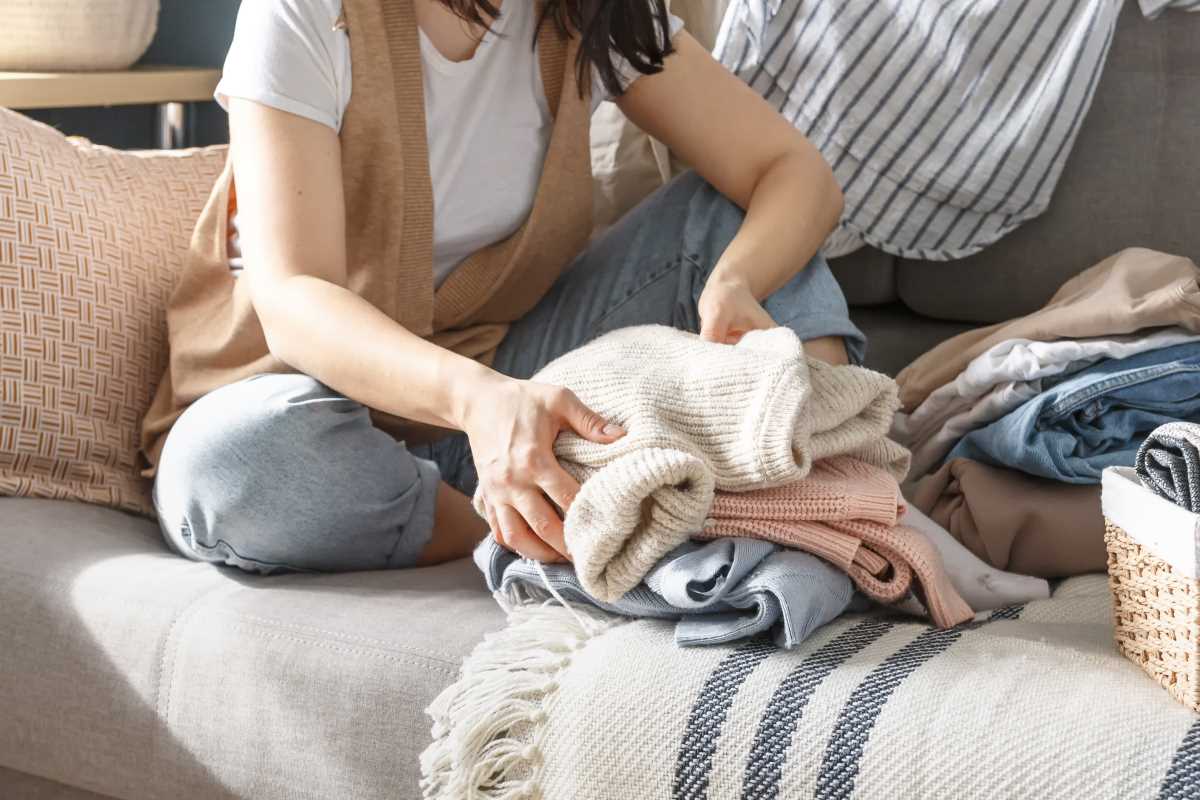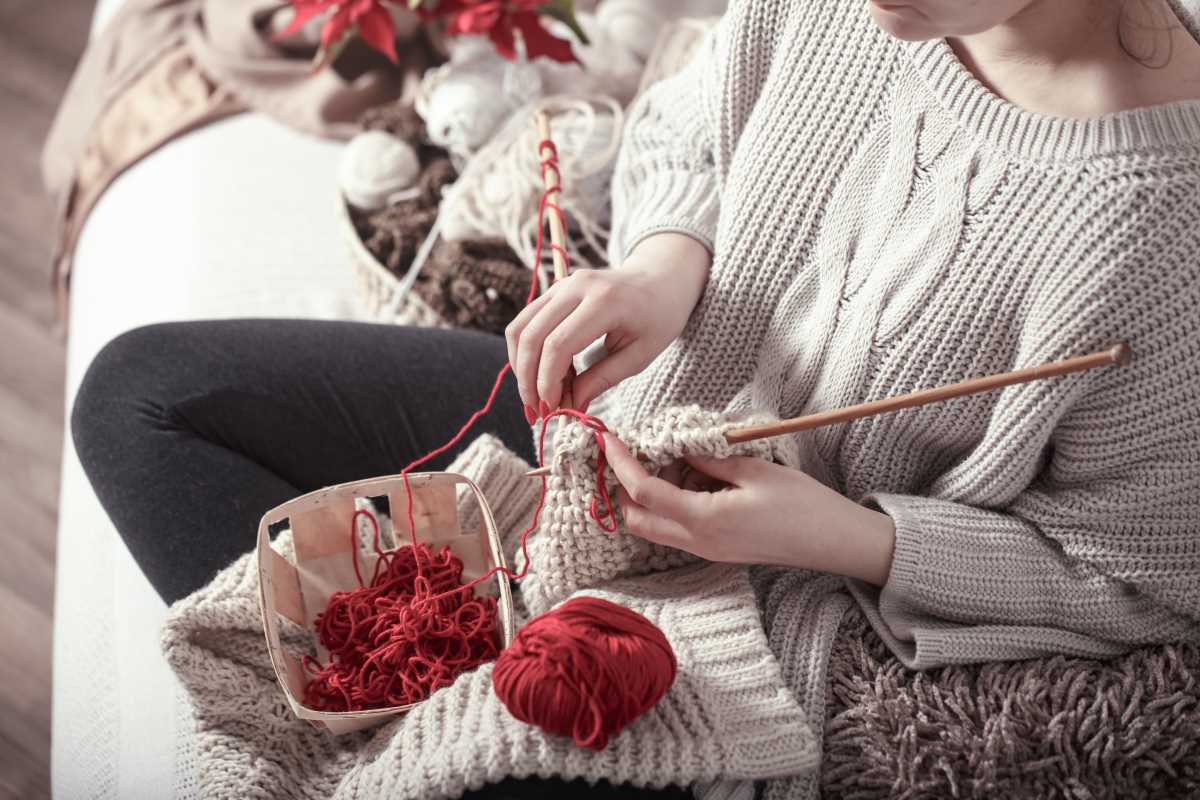Updating your closet with sustainable clothing offers a simple way to express personal style while making a positive difference for the planet. Selecting earth-friendly garments allows you to enjoy new looks and feel good about your choices. By gradually replacing just a few pieces, you create a more thoughtful wardrobe that supports both quality and longevity. This guide explores how to choose better fabrics, put together versatile outfits, and care for your clothes to extend their life. Discover useful styling tips, learn about standout brands such as Reformation and Patagonia, and find practical advice for building a collection you’ll love for years to come.
Understanding Sustainable Fabrics
Choosing the right materials sets the foundation for a wardrobe that lasts. Focus on these options when you shop:
- Organic cotton: Grown without harsh chemicals, it feels soft and breathes well.
- Tencel: Made from wood pulp, it wicks moisture and drapes beautifully.
- Recycled polyester: Transforms plastic bottles into durable, easy-care garments.
- Hemp: Strengthens with each wash and becomes softer over time.
- Bamboo: Offers natural antibacterial qualities and a silk-like touch.
Look for certifications like GOTS or OEKO-TEX so you know processing met high environmental and safety standards.
Build a Capsule Wardrobe
Creating a small, versatile collection makes daily dressing effortless. Consider these steps:
- Audit current items: Pull out pieces you love and wear often. Donate or swap the rest.
- Define your palette: Stick to three to four neutral colors, then add one accent hue.
- Invest in quality basics: A well-cut blazer, slim trousers, and a classic white tee anchor any look.
- Add statement items: A patterned skirt or a bold top breathes energy into simple outfits.
- Plan around activities: Pick versatile pieces that work for errands, work calls, and casual meetups.
This method keeps choices focused while making every piece work hard for your style.
Styling Tips for Everyday Wear
Small tweaks turn basics into standout combinations. Follow these practical ideas for a fresh feel each day:
- Layer textures: Pair a soft ribbed sweater with a silky skirt for visual interest.
- Mix proportions: Tuck a boxy shirt into high-waisted jeans to define your shape.
- Play with accessories: A woven belt, colorful scarf, or vintage brooch can elevate a simple dress.
- Swap hardware: Exchanging metal buttons or zippers gives thrifted finds a designer twist.
Brands That Prioritize Fair Practices
Brands that champion fair practices and transparency deserve attention. Keep an eye on these innovators:
- People Tree: A pioneer in fair-trade fashion, offering vibrant prints and organic fabrics.
- Everlane: Shows exact production costs and sources materials responsibly.
- Reformation: Crafts eye-catching pieces while tracking water usage and waste.
- ABLE: Empowers artisans with living wages and invests in leather alternatives.
- Thought: Focuses on natural fibers and botanical inks for everyday staples.
Supporting these names pushes the industry toward more transparent, humane methods.
Maintaining and Caring for Sustainable Pieces
Extending garment life reduces environmental impact and saves money. Follow these easy habits:
- Wash sparingly: Spot clean when possible, and air garments between wears.
- Use gentle detergents: Opt for plant-based formulas to protect fibers and skin.
- Choose cold water: Saves energy and prevents shrinkage or color fading.
- Air dry flat: Keeps shape intact and avoids heat damage.
- Repair promptly: Sew loose seams, replace buttons, and patch holes to avoid discarding items.
Consistent care refreshes colors and fabric strength, so each piece stays in rotation longer.
Make small changes to create a wardrobe that reflects your style and helps the planet. Each sustainable choice makes a meaningful difference.
 (Image via
(Image via





